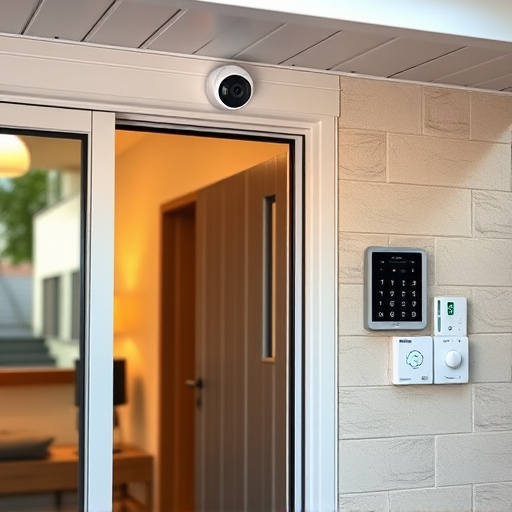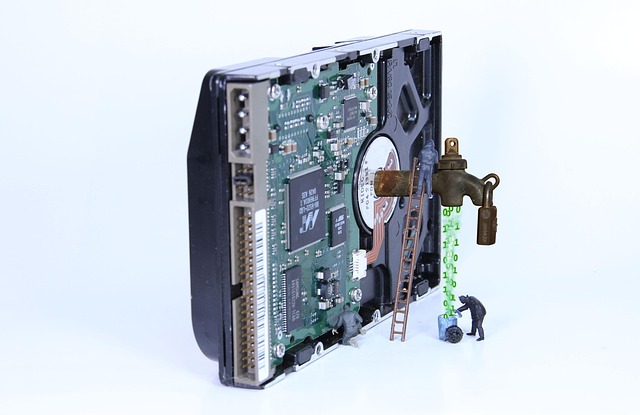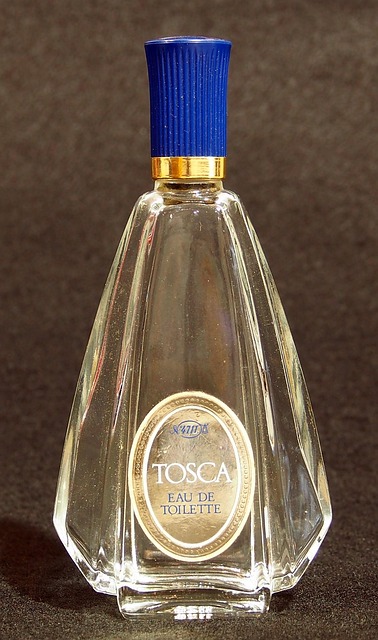Professional plumbers identify early signs of plumbing issues like visible rust (red/orange patches), persistent leaks causing water damage & mold growth, low water pressure, and unusual drain or water heater odors. Addressing these subtleties promptly prevents severe problems like clogs & continuous water damage, maintaining a well-maintained, efficient plumbing system.
Rusty pipes are a common yet detrimental issue in many homes and commercial buildings. Visible rust can be an obvious sign of corrosion, but there are often hidden indications that point to serious plumbing problems. This article delves into the art of identifying rusty pipes through visual cues and understanding subtle professional plumber signs of corrosion. We explore how persistent leaks, drain clogs, and unusual odors may indicate underlying issues with your plumbing system, emphasizing the importance of prompt action for effective prevention and repair strategies.
- Identifying Rusty Pipes: Visual Cues and Hidden Signs
- – Recognizing visible rust on pipes
- – Understanding professional plumber signs of corrosion
Identifying Rusty Pipes: Visual Cues and Hidden Signs

Identifying rusty pipes is crucial for addressing potential plumbing issues early on. As a professional plumber, one of the key signs to look out for is visible rust on pipe surfaces, especially in older homes or buildings. Rust can appear as orange or red stains and may be patchy or widespread, depending on the extent of water damage and corrosion. By examining pipes openly accessible or through inspection ports, plumbers can easily spot these visual cues.
Beyond visible rust, there are other subtle signs indicating plumbing problems that might not be immediately apparent. Persistent leaks, for instance, can lead to water damage and mold growth behind walls or under floors. Reduced water pressure could also point towards corroded pipes constricting the flow. Additionally, unusual odors emanating from drains or water heaters may suggest bacterial growth or sediment buildup due to rust and corrosion. These hidden signs necessitate professional assessment to prevent further damage and ensure a well-maintained plumbing system.
– Recognizing visible rust on pipes

Recognizing visible rust on pipes is an important step in identifying potential plumbing issues. As a professional plumber, understanding the signs of rust is crucial. Look for any discolored areas, especially red or orange patches, which indicate oxidization. These spots might be raised or flaky, and their presence suggests that water has been seeping through small cracks, leading to corrosion over time. Persistent leaks, often caused by rusty pipes, can result in reduced water pressure and even cause damage to surrounding structures.
Additionally, unusual odors coming from drains or fixtures could be an early warning sign of rust buildup. When left unchecked, these issues escalate into more severe plumbing problems, such as drain clogs and continuous water damage. Prompt action by a professional plumber can prevent these complications, ensuring your home’s plumbing system remains efficient and reliable.
– Understanding professional plumber signs of corrosion

Rusty pipes are a common sign of corrosion in plumbing systems, often indicating more serious underlying issues. A professional plumber can quickly identify visible indicators such as rusted or discolored piping, which may suggest long-term exposure to moisture and mineral deposits. Beyond visual inspection, they look for persistent leaks, which could lead to water damage and mold growth over time.
Additionally, a pro will assess water pressure levels; corroded pipes can restrict water flow and cause fluctuations. They’ll also check for drain clogs that may be caused by rust buildup or other debris, as well as unusual odors emanating from the plumbing system, which could point to bacterial growth due to corrosion or leaks.














